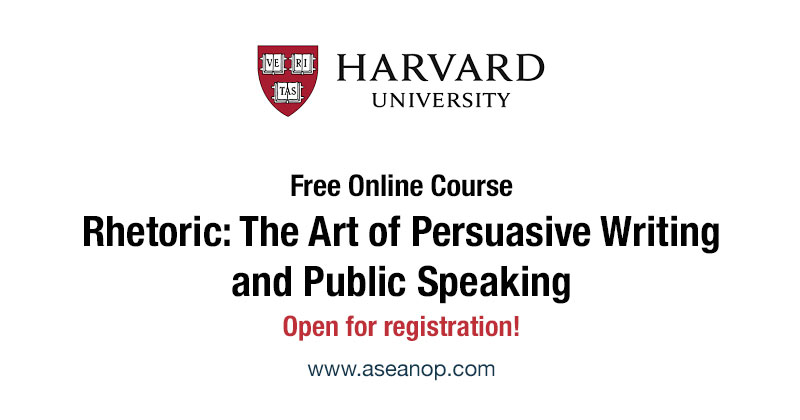
Our team is comprised of game designers, educators, 3D modelers, and engineers, who work quickly and with a passion for education. Since our initial launch in 2007, we have improved and adapted our products with teachers and students from across the country. Here are our reviews of Legends of Learning. If you're interested in learning more about this innovative educational software, please check out our overview. Find out what teachers have to say about Legends of Learning.
Overview of Legends of Learning
Legends of Learning may be an excellent online resource for teaching children. These games are meant to be fun and reinforce the lessons and concepts that were taught in class. You will find thousands of games that can help you learn different concepts. Each game includes multiple learning goals and features. These include digital battle bonus that students can use for personalization and further adventures. Teachers can use game scores and data to target teaching by reviewing students' progress. These learning games will be loved by parents because they are easy to use, and can be a great reward after a hard day's work.

Games
When creating learning games, a team of game designers, engineers, illustrators, and 3D modelers is needed to make it happen. This team works quickly and is flexible. Since their initial release, the team has made many changes and is now working closely alongside educators throughout the country to perfect their products. These improvements have made the product workflow and nomenclature more efficient. We'll go over some of those changes here.
Assessments
Assessments for legendlearning can be used by teachers to evaluate their students' knowledge. After creating an account you can access the assessment gallery via the curated contents feature. Simply select the concept level and depth to create an assessment. After you have selected the level, a list with questions will be displayed. Click on the magnifying glasses icon to view multiple choice answers. Choose the questions most relevant to your students' learning goals.
Review of teachers
Review by teachers of legend learning is a great way to get an idea of how it works in the classroom. Unlike other review sites, teachers can post comments for other educators and private notes for the game's developers. User problems, suggestions for improving it, and other suggestions can be included in the comments. Teachers can create playlists for their students that are tailored to specific subjects or skill levels, and administrators can even earn points for contributing comments and reviews.
Tutors' high-achievement methods
Several researchers have examined the effect of tutors' subject-matter expertise on student achievement and study effort. The current study focuses on the effects of subject-matter expertise and the ways in which tutors can improve students' outcomes. These results highlight the differences between novices and subject-matter experts, and show how both can influence student outcomes. This study also found that tutors' knowledge and facilitation skills directly impact students' academic performance.

Pricing
Legends of Learning is an educational gaming platform that will assist your students in learning. This game-based learning platform uses over 2,000 games to reinforce lessons and reinforce concepts from in-class discussions. It is being used in schools around the US. Funding has been raised for $5 million to date. Legends of Learning provides teachers with a valuable resource to help transform traditional teaching experiences into something students will love.
FAQ
What is the difference in public and private schools?
All students are eligible to attend public schools for free. They provide education for students from kindergarten through highschool. Private schools charge tuition fees per student. They offer education from preschool to college.
There are charter schools that are both privately operated and publicly funded. Charter schools are not bound by traditional curricula. They give students more freedom and allow them to pursue their interests.
Charter schools are popular among parents who believe their children should have access to quality education regardless of financial status.
How much money does a teacher make in early childhood education? (earning potential)
The average salary for a teacher in early childhood is $45,000 per year.
However, there are some areas where salaries are generally higher than average. Teachers who teach in large urban areas typically earn more than teachers working in rural schools.
Salaries also depend on factors such as the district's size and whether or not a teacher has a master's or doctorate.
Teachers are often paid less than other college graduates, simply because they have little experience. Teachers can see a dramatic increase in their income over time.
What is the difference between school and college?
Schools are organized by grades or classes. Each teacher teaches a particular class. Colleges offer more specialized programs, and many include university-level classes. Colleges may focus more on business and science while schools will usually only teach basic subjects. Both levels of education are designed to prepare students for higher-level study.
What are some ways you can get scholarships?
Scholarships are grants that can be used to pay college costs. There are many types of scholarships available. There are many types of scholarships available.
-
Federal Grants
-
State Grants
-
Student Loans
-
Work Study Programs
-
Financial Aid
Federal grants are made directly by the U.S. government. Federal grants generally require that applicants meet certain criteria. You must, for example, demonstrate financial need.
Individual states can offer grants to state governments. Some states offer these funds based on financial need; others award money for specific reasons.
Banks and lending institutions offer student loans. Students are often able to borrow money for expenses such as tuition or living expenses.
Work-study programs encourage employers to hire qualified student workers. Employers are required to pay employees at least minimum wage.
Financial aid covers the majority or all of the tuition costs for low-income families.
What is a trade school?
Trade schools are an alternative way for people without success at traditional higher education institutions to earn a degree. They offer career-focused programs which prepare students to pursue specific careers. These programs require students to complete two years of coursework in one semester. After that, they enter a paid apprenticeship program in which they acquire a job skill and get on-the-job training. Trade schools can be classified as vocational schools or technical colleges. Some trade schools also offer associate programs.
Statistics
- Think of the rhetorical power of nineteenth-century abolitionist Harriet Beecher Stowe, Martin Luther King, Jr., or Occupy Wall Street activists with their rallying cry of “we are the 99 percent.” (bostonreview.net)
- Globally, in 2008, around 89% of children aged six to twelve were enrolled in primary education, and this proportion was rising. (en.wikipedia.org)
- Among STEM majors, that number is 83.5 percent. (bostonreview.net)
- They are more likely to graduate high school (25%) and finish college (116%). (habitatbroward.org)
- “Children of homeowners are 116% more likely to graduate from college than children of renters of the same age, race, and income. (habitatbroward.org)
External Links
How To
what is vocational education?
Vocational Education is an educational system that prepares students for employment after high school or college by providing them training in specific skills needed for a particular job (such as welding). It also includes on-the-job training in apprenticeship programs. Vocational Education is different than general education. It focuses on specific careers and not learning broad knowledge for the future. Vocational training is not designed to prepare individuals for university but rather to assist them in finding jobs upon graduation.
Vocational education could be offered at all levels, including primary schools, secondary school, colleges and universities, technical schools, trade schools as well community colleges, junior college, and four-year schools. In addition, there are many specialized schools such as culinary arts schools, nursing schools, law schools, medical schools, dental schools, veterinary medicine schools, firefighting schools, police academies, military academies, and other military schools. Many of these offer both academic instruction, and practical experience.
A number of countries have made significant investments in vocational education over recent decades; for example, Australia, Denmark, Finland, Germany, Ireland, Japan, Luxembourg, New Zealand, Norway, Poland, Sweden, Switzerland, the United Kingdom, and the United States. However, it is not clear if vocational education is effective. Some critics say it does not improve students' employability. Other argue that it prepares them well for life beyond school.
According to the U.S. Bureau of Labor Statistics (47% of American adults are currently holding a postsecondary certificate/degree related to their current job), this figure is higher among those with more education. This number is higher for those with higher education. 71% of 25-29-year-olds have a bachelor's or higher degree and are employed in areas that require postsecondary credentials.
According to the BLS in 2012, almost half of Americans had at the least one type of postsecondary credential. About a third of Americans were able to obtain a twoyear associate degree. Another 10% had a fouryear bachelor's. One in five Americans holds a master’s degree or doctorate.
The median annual wage for individuals with a bachelor's in 2013 was $50,000. This was compared to $23,800 when they had no degree. The median income for those with advanced degrees was $81,300.
For those who did no high school, the median salary was only $15,000. For those who did not complete high school, the median annual salary was only $15,200.